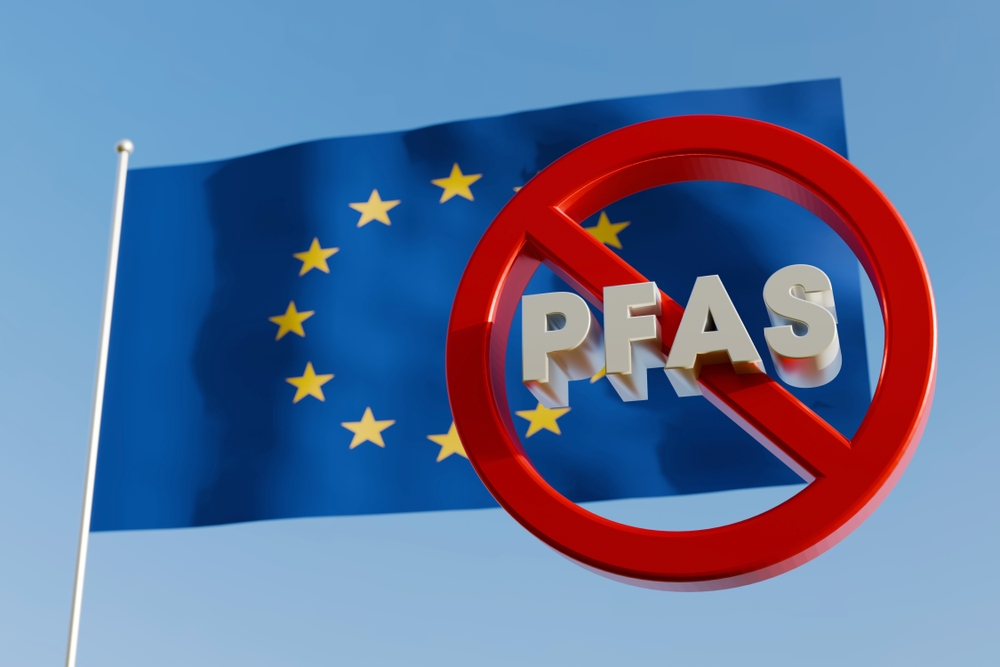In a startling revelation that highlights the prevalence of contamination from PFAS chemicals, laboratory tests found traces of these toxic “forever chemicals” in the blood of 24 European Union leaders from 19 countries.
This discovery reveals how deeply embedded PFAS contamination is across Europe, reaching even the policy makers tasked with tackling the crisis.
Often invisible but dangerous, persistent PFAS chemicals are used in countless everyday products, from waterproof clothing and nonstick cookware to firefighting foam.
Their resilience in the environment means they accumulate in soil, water, wildlife, and the human body.
Patrick ten Brink, Director General of the European Environment Agency (EEB), explained:
“Decision makers must urgently close the gap, hold polluters accountable and stop this cycle of harm. People need to have confidence again in the water they drink and the food they eat.”
widespread contamination across Europe
The test, coordinated by EEB and Chemsec by the Danish Ministry of the Environment and Gender Equality, revealed traces of 3 to 8 PFAS substances in all readers tested.
These included some of the most notorious PFAS compounds, including PFOA, PFOS, PFHXS, PFNA, PFDA, and PFUNDA. Many of them have been regulated in Europe for many years under the EU POPS and REACH regulations.
PFO, which has been banned since 2008, appeared in the highest concentrations, reaching up to 17.19 nanograms per milliliter. Surprisingly, half of those tested exceeded the HBM4EU safety threshold of 6.9 ng/ml with combined exposure to major PFAS chemicals.
All individuals exhibited levels greater than 2 ng/mL. This is the point at which the U.S. National Academies recommend medical surveillance.
Health risks and regulatory gaps
PFAS chemicals have been linked to cancer, thyroid disease, immune dysfunction, and developmental disorders.
Their chemical stability allows them to be nearly indestructible, persist for decades, and accumulate in the bloodstream.
Despite existing bans, new and replacement PFAs continue to enter the market, often with little safety data, creating a cycle of contamination and substitution that regulators struggle to break.
Environmental experts warn that this Mohr approach, where one dangerous compound is replaced by another, highlights the urgent need for universal restrictions covering all PFAs, not just selected variants.
signs of progress
Amidst the surprising discoveries, there are some glimmers of hope.
One EU leader who had previously undergone a PFAS test recorded lower contamination levels this time. This reflects a broader trend in European populations where strong restrictions have been initiated to reduce exposure. The evidence is clear: regulation works.
However, even without prohibition, progress will be slow and costly. Cleaning up PFA pollution could drain up to €2 trillion from the EU economy over the next 20 years, not counting annual healthcare costs of between €52 billion and €84 billion.
europe at the crossroads
The findings add pressure to policymakers to act decisively as the European Union prepares to overhaul its regulation of reach chemicals.
More than 100 organizations led by the EEB support the suspension of the PFAS manifesto and urge the EU to implement a universal phase-out of the use of all PFAs.
This unprecedented blood assay project sends a clear warning. PFAS contamination knows no boundaries or titles.
Without immediate and comprehensive action, these eternal chemicals will continue to circulate through Europe’s ecosystems and its leaders.
Source link

